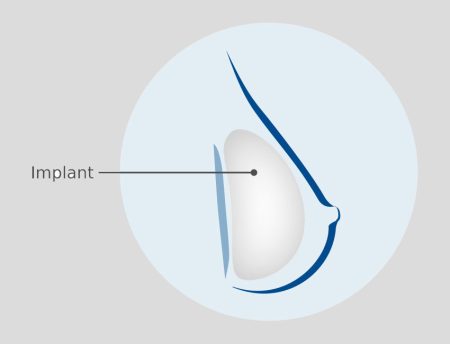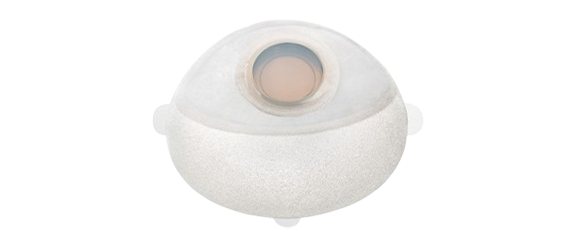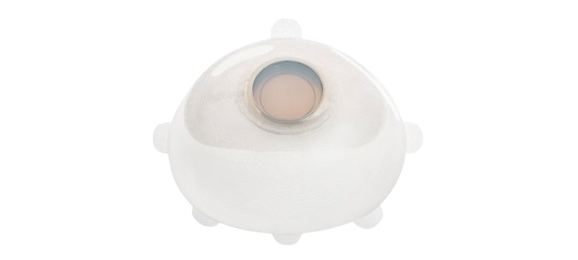Breast Reconstruction
Should I have my Breast Reconstructed?
Choosing whether to have breast reconstruction is a very personal decision — and there is no one right answer. Some women find that restoring the shape of their breasts helps them feel more like themselves after a mastectomy. Others may feel at peace without undergoing further surgery. Both choices are completely valid, and what matters most is what feels right for you.
Reconstruction can be done at the time of your mastectomy or later, depending on your health, treatments, and emotional readiness. Your body, your lifestyle, and your personal goals all play a role in the decision. Take your time, ask questions, and speak openly with your surgeon. Whether you move forward with reconstruction or not, you deserve a plan that supports your healing and honours your journey.
When Can It Be Done?
Reconstruction can be done immediately during the same surgery as your mastectomy, or it can be delayed until after other treatments like chemotherapy or radiation. The timing depends on your health, treatment plan, and how you feel emotionally. There’s no rush — it is okay to take your time and decide when you are ready.
What options that I have?
When considering breast reconstruction after a mastectomy, several important factors come into play — such as the type of surgery you had, your body shape, past treatments like chemotherapy or radiation, and when the mastectomy took place. These details help determine whether reconstruction can be done right away or should be delayed. Below, we explore some of the possible benefits of each approach.
Immediate Breast Reconstruction (IBR)
Done during the same surgery as your mastectomy. Once the breast tissue is removed, your surgeon begins reconstructing the breast right away. This option can reduce the number of surgeries and help some women feel emotionally reassured by waking up with a new breast shape already in place.
Delayed Breast Reconstruction
Performed weeks, months, or even years after your mastectomy. Some women choose this path if they need additional treatments like chemotherapy or radiation first, or simply want more time to heal emotionally and physically before undergoing further surgery.
Both options are valid, and your choice depends on your overall health, cancer treatment plan, and how ready you feel. Your surgeon can help you weigh the pros and cons of each, so you can make a decision that feels right for you.
Immediate Breast Reconstruction
One-Stage Reconstruction
Immediately after your general surgeon removes any cancerous breast tissue, your plastic surgeon will place your breast implant(s). This type of procedure is an option if you’ve had a nipple-sparing mastectomy, meaning the nipple is not removed and the majority of the breast skin is preserved.

Two-Stage Breast Reconstruction with an Implant
A combination of procedures helps to gradually create a space in your chest tissue for a breast implant. The most common approach includes a tissue expander followed by placement of a breast implant – allowing for the most flexibility in shaping the breast.


First Stage
Your surgeon will surgically insert a tissue expander, and slowly expand the device over a period of time to create space for an implant. Typically, you’ll meet with your plastic surgeon on a regular basis to fill the expander with sterile saline to gradually stretch the skin.
Second Stage
Once the breast pocket reaches the desired size, your surgeon will perform a second surgery to remove the tissue expander and replace it with the breast implant. If a mastectomy was only performed on one breast, you might choose to have the other breast augmented to achieve symmetry.
Autologous Reconstruction
The autologous pathway involves using tissue from another place on your body to create the shape of a breast.

Delayed Breast Reconstruction
Two-Stage Breast Reconstruction with an Implant
A combination of procedures helps to gradually create a space in your chest tissue for a breast implant. The most common approach includes a tissue expander followed by placement of a breast implant – allowing for the most flexibility in shaping the breast.


First Stage
Our surgeon will surgically insert a tissue expander, and slowly expand the device to create space for an implant. Typically, you will meet with your plastic surgeon on a regular basis to fill the expander with sterile saline to gradually stretch the skin.
Second Stage
Once the breast pocket reaches the desired size, your surgeon will perform a second surgery to remove the tissue expander and replace it with the breast implant. If a mastectomy was only performed on one breast, you might choose to have the other breast augmented to achieve symmetry.
Autologous Reconstruction
The autologous pathway involves using tissue from another place on your body to create the shape of a breast.

Why Choose
MENTOR® Breast Implant
OUR PRODUCTS
CPX™4 Featured Products
CPX4 SILTEX™
Breast Tissue Expander
Designed to gently prepare the chest for a breast implant after mastectomy, offering added stability during reconstruction.

CPX4 PLUS Smooth
Breast Tissue Expander
Used after mastectomy to gently prepare the chest for a breast implant, offering comfort, control, and reliable expansion.

FAQs
Frequently Asked Questions
You can have it immediately during your mastectomy surgery, or later (delayed) after completing treatments like chemotherapy or radiation. Your surgeon will help decide the best timing based on your health and treatment plan.
No, it’s a personal choice. Some women choose reconstruction to restore their body shape, while others feel comfortable without it. The decision depends on what feels right for you emotionally and physically.
In most cases, it doesn’t interfere with cancer treatment. However, some patients may need to delay reconstruction if radiation or further treatment is required. Your care team will work together to create the safest plan for you.
Common options include implant-based reconstruction or autologous tissue reconstruction (using your own body tissue). The best choice depends on your body type, preferences, and medical condition.
While it may not feel exactly the same as your natural breast, modern techniques and materials (like MemoryGel™ implants) provide a very natural shape and feel that many women are happy with.
Recovery can vary depending on the type of reconstruction and your overall health. Most women can return to light activities within 4 to 6 weeks, but full recovery may take a few months. Your surgeon will provide personalised guidance based on your procedure.